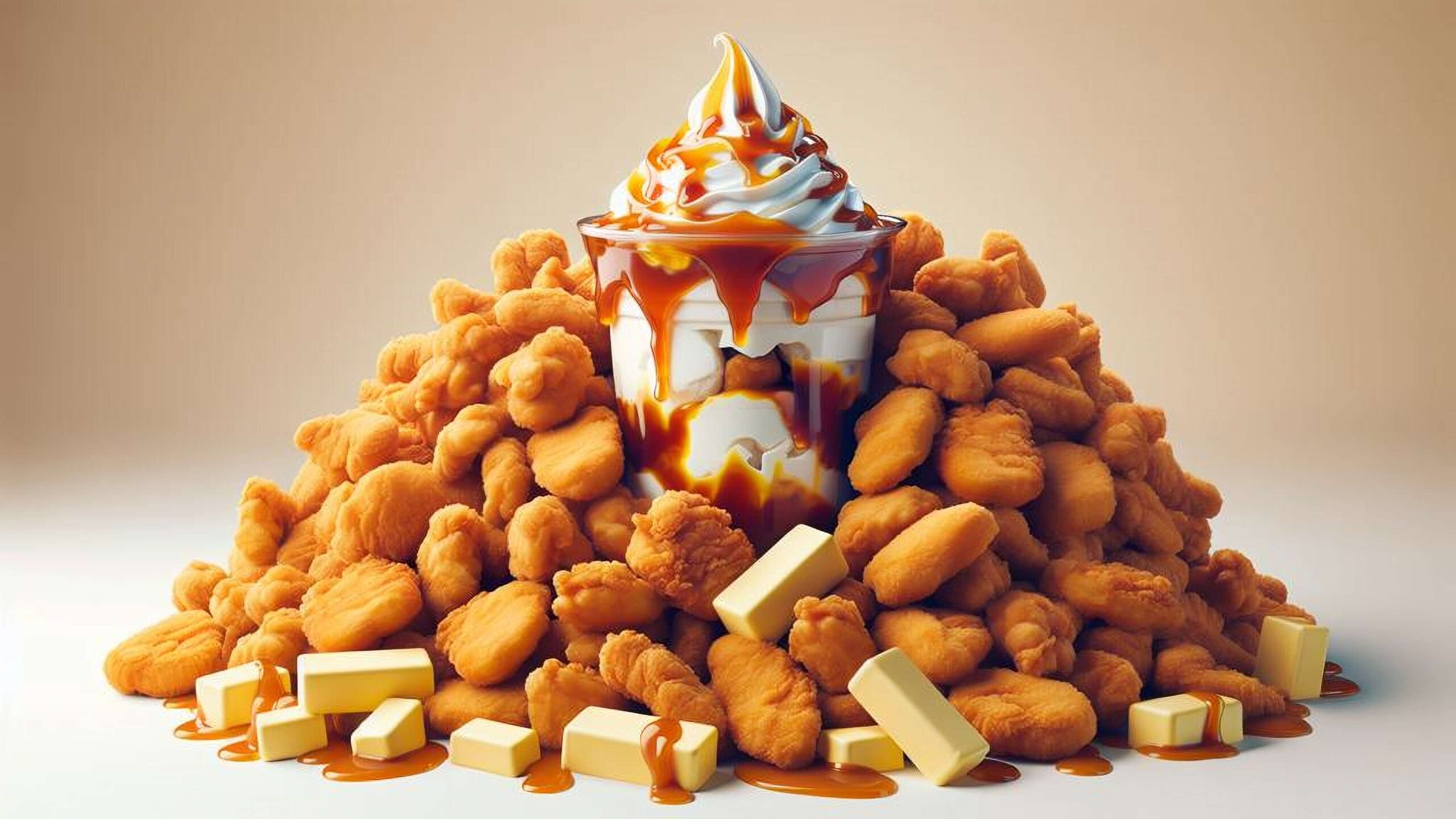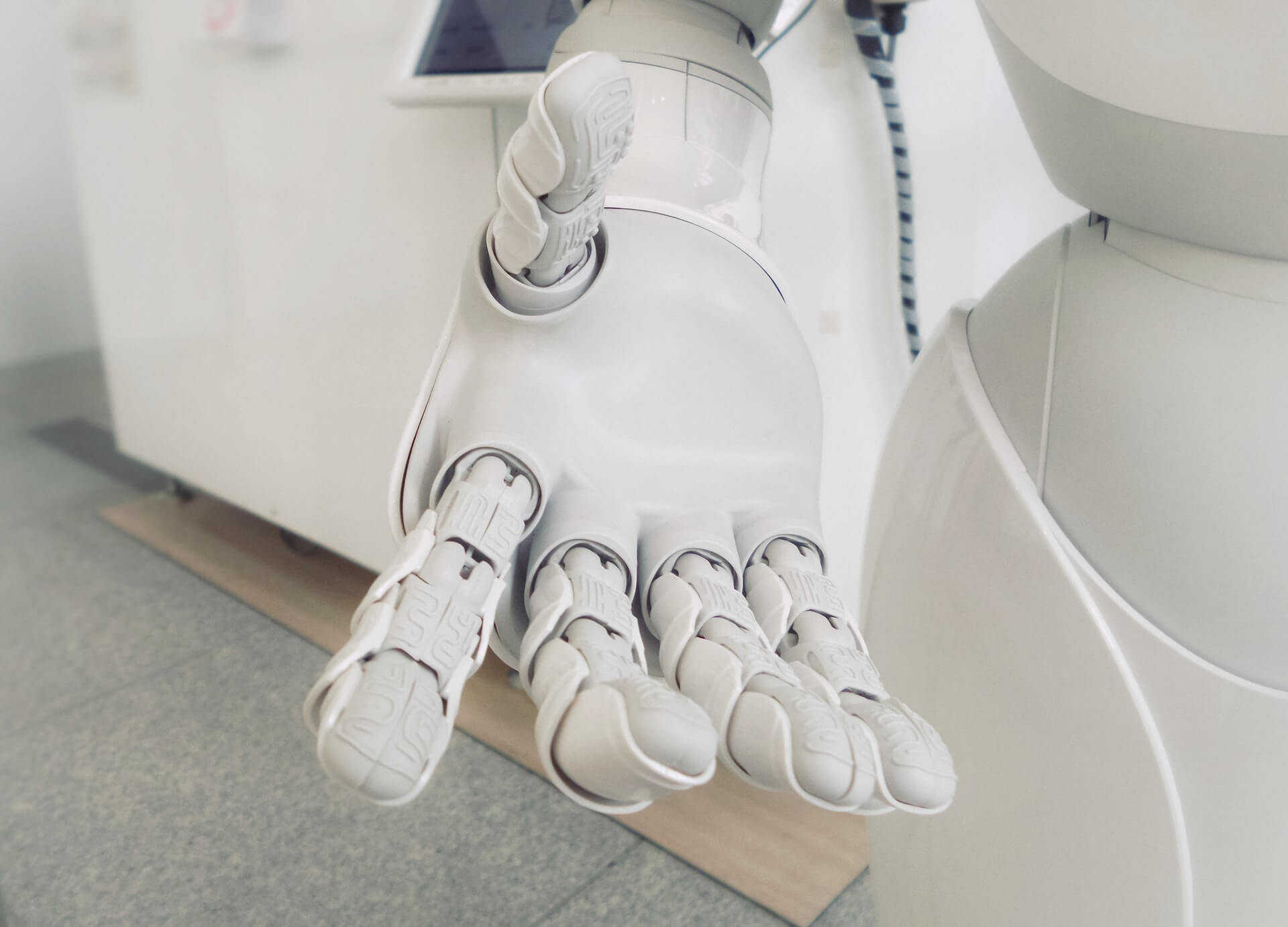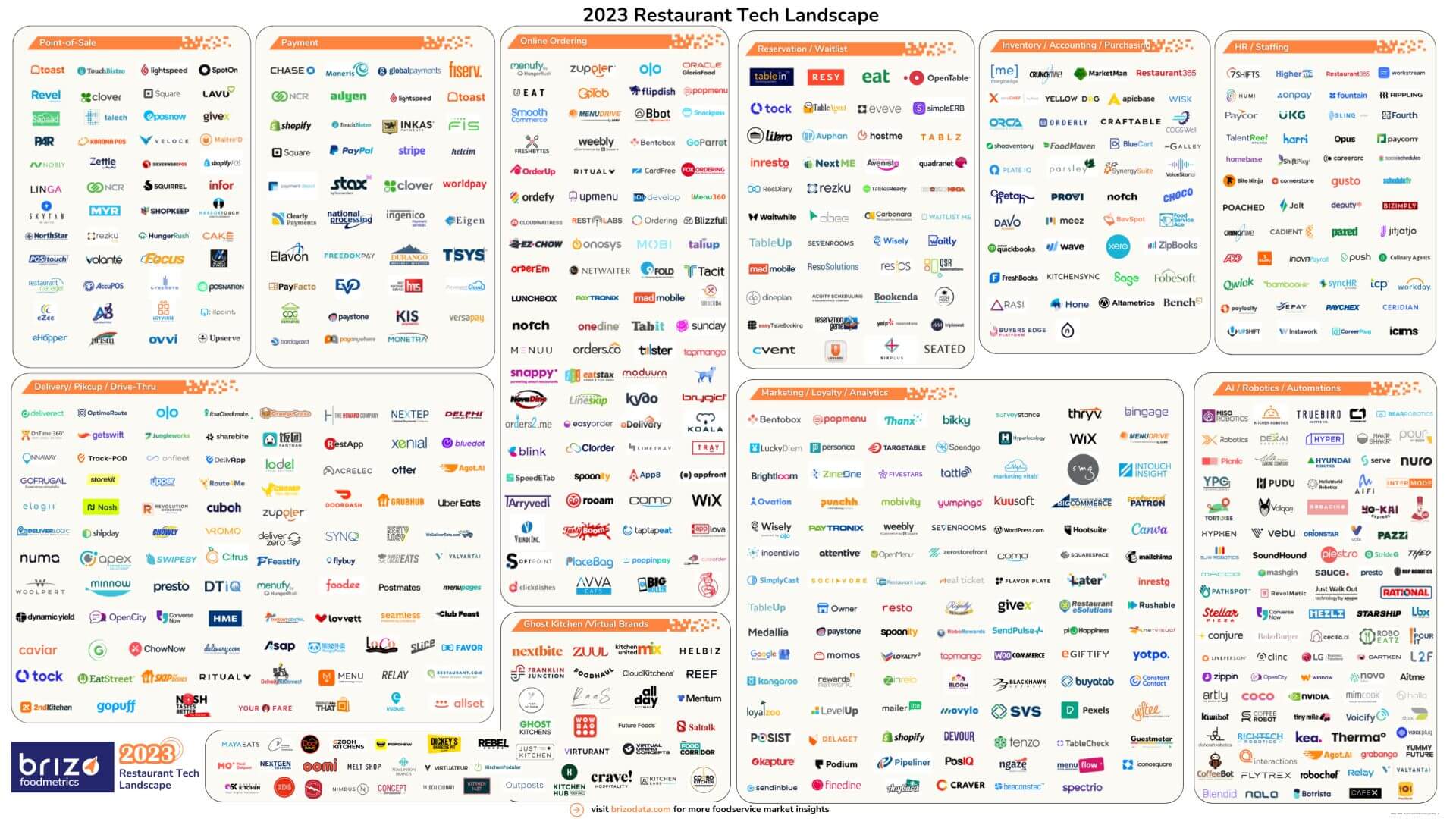Fast-food Giant Halts AI Order Taking
by David Klemt

Ironically, this image is AI generated. So, how many pats of butter and nuggies do like with your sundae?
Roughly two years after first experimenting with artificial intelligence-driven ordering technology, McDonald’s is pulling the plug…for now.
The fast-food behemoth made its interest in artificial intelligence abundantly clear in 2019. In Q2 of that year, the company purchased Dynamic Yield for a reported $300 million. Immediately after making the acquisition, McDonald’s implemented Dynamic Yield’s machine-learning tech to an estimated 8,000 drive-thrus.
KRG Hospitality readers may recall that the fast-food company faced a class-action privacy lawsuit in Illinois. The plaintiff alleged that McDonald’s “violated BIPA because it failed to obtain proper consent prior to collecting and disseminating Plaintiff’s and the other class members’ voiceprint biometrics who interacted with its AI voice assistant at its Illinois locations.”
Around six months after making that acquisition, McDonald’s picked up Apprente. Interestingly, the voice-powered ordering tech platform had only been founded in 2017.
Following the purchase, the Apprente team became founding members of McD Tech Labs, a group that fell under the McDonald’s Global Technology Team umbrella. Two years later, McDonald’s would sell McD Tech Labs to IBM.
Put simply, McDonald’s was interested in testing voice-activated “automated order taking” (AOT). In theory, an effective platform could take orders, speeding up drive-thrus and streamlining operations.
Well, it appears that the answer is no. At least, not to the standards of McDonald’s, and satisfaction of the company’s guests.
Speed, Convenience, and Accuracy
A drive-thru needs to be fast. There’s no question about it, that’s the entire point.
The speed, after all, makes a drive-thru convenient. Otherwise, people would just park and place their orders at a counter or kiosk.
However, speed means nothing without accuracy. An LSR, QSR or fast-casual restaurant with a drive-thru could promise a guest will wait in line for no more than ten seconds after ordering. If they don’t get what they ordered, it doesn’t matter.
Poke around social media—TikTok in particular—and you’ll come across some viral AOT moments. There’s the addition of several “butter portions” to an ice cream order. Also, the addition of bacon to an order for ice cream, which I’m not entirely confident I’d correct. At least one guest popping into an AI-powered McDonald’s drive-thru had hundreds of dollars of McNuggets added to their order.
So, by July 26 of this year, as reported by Restaurant Business, the experiment will end. This partnership between McDonald’s and IBM to test AOT will be no more.
However, McDonald’s also said that IBM will remain a partner for other efforts. Further, McDonald’s shutting down AOT (for now) doesn’t seem to have turned other brands off from the idea. Per reporting, IBM says other fast-food chains are inquiring about AOT.
This story makes a few things clear to me. First, McDonald’s is confident that investing in tech is the way forward. They’ve spent hundreds of millions of dollars to test and implement new tech solutions. Second, someone has to go first and test in earnest, and it appears that LSRs and QSRs are leading the charge in hospitality.
And third, AI isn’t ready for prime time just yet. It’s wise to keep up to date with AI-powered innovations, but it’s also smart to be cautious.
Image: Shutterstock. Disclaimer: This image was generated by an Artificial Intelligence (AI) system.





